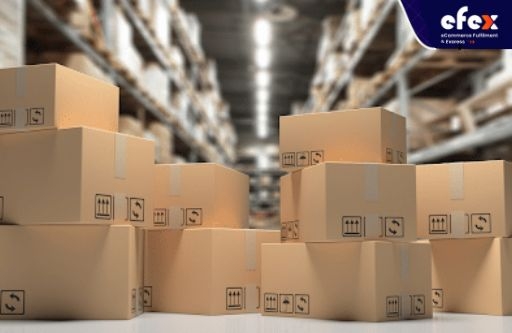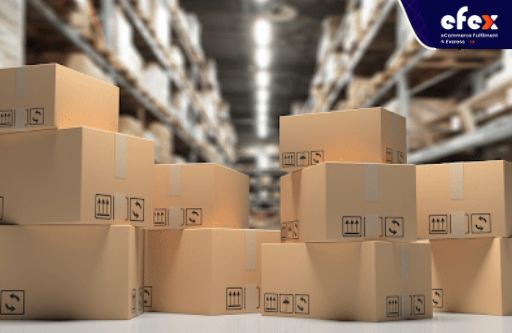
It's annoying to have extra or obsolete inventory. Once you have an excessive amount of unsold inventory, it takes up too much space and has to be protected from damage. In this case, selling as many inventories as you can is the best way to free up space. Use your creativity to make the products alluring to your customer by providing discounts.
Preventing obsolete inventory from building up from the beginning is the ideal method to manage it. Don't immediately reorder things; instead, keep an eye on what's performing effectively. So now, let's look at a few suggestions for the disposal of obsolete inventory.
Key takeaway:
Inventory that a company does not anticipate it can utilize or sell because there isn't enough demand is referred to as obsolete inventory, also known as excess inventory or dead inventory. After a specific duration, inventory often hits the conclusion of its life and becomes outdated. Inventory is acquired or produced with the goal of selling it.
It is a loss because you can't sell obsolete goods, which might reduce profit margins. Inventory is no longer regarded as an asset once it becomes outdated. At that point, disposing of obsolete inventory comes into play.

The phrase "disposal of obsolete inventory" refers to the several steps that an item must go through before it can no longer be sold. Typically, inventory that is slow to move becomes excess inventory and then obsolete inventory.
One of the common examples of disposal of obsolete inventory is at restaurants and other businesses that provide food-related services.

They are more likely more effective at handling their inventory than so many manufacturers, merchants, and other companies. As their stuff starts to spoil or stink, they can't just remove it, and they need to get rid of it. Before discontinuing a product, many restaurants will sell out of it.
Additionally, they don't alter the menu offering until after the stock has been sold, and if there is a lot of food left over, it either spoils or the manager and cook go on a tuna casserole binge. Any overbearing purchaser or salesperson would deserve a two-week term of tuna during every meal.
👉 Read More: How To Create An SKU Number And SKU Generator
We can cite hundreds of instances of businesses who aggressively sought out or produced goods they were "quite sure" would be profitable, which were either severely over-forecasted by their sales department or did not all sell for a variety of reasons. A few of these goods were too technical for the general public, while others needed a sales expenditure that was greater than their intended zero budget.
There are countless explanations, defenses, and instances of finger-pointing that go from top to bottom of organizational hierarchies. Companies have been known to keep poor surplus inventory for years before getting rid of it or writing it off. They lose out on investment opportunities, incur borrowing fees, pay for storage and administrative expenses, and their financial statements look poor.
👉 Read More: ABC Analysis Example, Formula, and How To Calculate
Almost every part of a business's operations is impacted by the amount of inventory it keeps on hand. Because banks carefully consider inventory when assessing working capital loans, obsolete inventory has an impact on how much a business is valued. The way inventory is disposed of may also have a variety of effects on the company. In addition, the product lifetime has shrunk across industries due to modern technologies and increased customer expectations, which causes inventory to become outdated much more quickly.

Here are our suggested five steps on how to dispose of obsolete stock to help you manage your excess inventory properly.
It may well be feasible to use the inventory that was made for a certain customer or business but which is no longer attractive in using for other customers. To discuss payment possibilities, you might need to get in touch with the initial client. You can transfer the inventory in its current condition once another buyer expresses interest in it.
👉 Read More: [10 Ways] How To Improve Cash Conversion Cycle
Inventory that has been designated as obsolete can nevertheless be modified or reworked to make it marketable. You can collaborate with your main source or other suppliers to change the item to the most recent version and the appropriate price if the product's quality has not been affected. You must, however, make sure that the venture won't become unprofitable due to the alteration costs.
To remove inventory that is about to be labeled as surplus or obsolete, you can occasionally need to lower your rates. Even if the quality is unaltered, you can offer merchandise that isn't selling quickly at a lower price to prevent a total loss. Recouping 25% of the initial amount in money will at best give you a return on inventory that has already been designated as obsolete.
In the case of assembled items, you can disassemble, recycle, or sell the valuable components so they can be used as spares or crucial components for other product lines. Most assembled or partially assembled products can be disassembled in order to extract as much value as feasible. Even though the price of the components may only be a small portion of the product's initial cost, they nonetheless offer some level of return.
Another option to get rid of unnecessary inventory without suffering a significant loss while still ensuring it is used properly is to donate it. Numerous nonprofit and charitable organizations will gratefully welcome your extra or outdated products. You can save money by doing this instead of having to scrap the inventory. Besides doing a good thing, get a tax credit for the donation.
👉 Read More: How To Reduce Bullwhip Effect? 10 Tips To Minimize
Knowing how to dispose of obsolete inventory is the greatest strategy for managing it. If this buildup of obsolete inventory write-offs occurs frequently, you should think about entrusting the task for avoidance and disposal to a particular team. Hope you have a good time with Efex.
